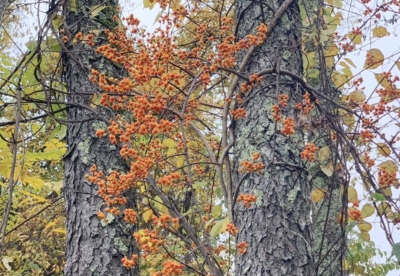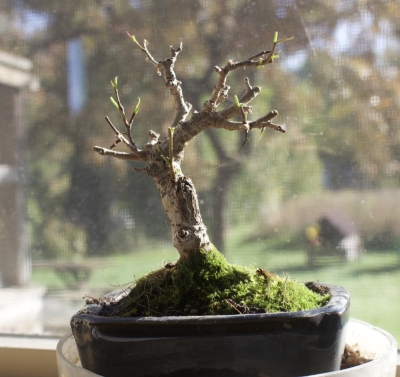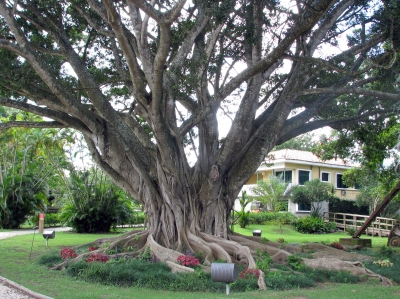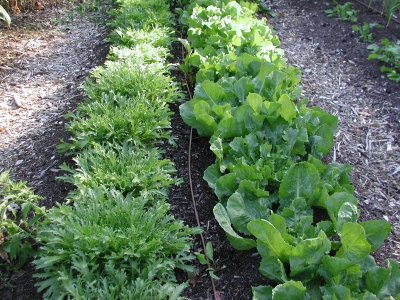BITTERSWEET MEMORIES
/3 Comments/in Flowers/by Lee ReichI Almost Become Very, Very Rich
My vision became blurred with dollar signs as I looked out the car window at mile after mile of bittersweet (Celastrus scandens) clambering over trees along a stretch of parkway. That was a few years ago, as I was driving away from a visit to New York City. While there, I had wandered into a florists’ shop, where I had been stunned by the price for a few sprigs of bittersweet. A quick mental calculation as I gazed out the car window told me there was gold in them thar’ trees.
My financial empire crumbled before it even had a chance to grow. In some states, bittersweet is a protected plant. Anyone harvesting a protected plant from private property without the landowner’s permission may be subject to a fine.
To look at bittersweet, you might very well mistake it for a weed. The plant is a rampant, fast-growing vine. Given support, it will climb skyward twenty feet or more. Bittersweet can engulf small trees and shrubs, even kill them by twining around, then strangling them.
And bittersweet isn’t found in restricted ecological niches over a small geographic area. The plant grows wild in thickets and along roadsides over an area bounded by southeastern Canada across to the Dakotas, south to Texas, and then back across to North Carolina.
MY FIG GROWS OLD, AND LOOKS IT
/2 Comments/in Houseplants, Pruning/by Lee ReichWeeping Fig, Growth in Check
My little fig tree put on a lot of new growth this year. Let me qualify this statement. By “fig,” in this case, I mean my weeping fig (Ficus benjamina). It’s a relative of edible fig, also edible (but rarely eaten), and a common houseplant, valued for its relaxed appearance, its small, glossy green leaves, and its tolerance for indoor environments. By “a lot of new growth,” I mean a half an inch or so.
Despite that meager growth, the plant has grown too large. Nothing like it would have grown outdoors in open ground in the tropics, where this trees’ branches quickly soar skyward and sideways to the size of our sugar maples. From those branches drip aerial roots which anchor themselves in the ground, the ones nearest the trunk eventually merging together to become part of a fattening trunk.
My little fig, you probably guessed by now, is a bonsai. The tree, if I may call a four-inch-high plant a “tree,” began life here as one of a clump of what evidently were rooted cuttings in a small, plastic pot I purchased on impulse from a big box store.
Back here at the farmden, I got to work on it, first teasing the plants apart from each other, selecting one as keeper. The road to bonsai-dom began as I trimmed back the roots to be able to fit the plant into its new home, a 3 by 4-1/2 inch shallow pot about an inch deep. There was little to prune aboveground, but I made any cuts necessary, with the future in mind.
AN AUTUMN VEGETABLE FROM FRANCE, FROM BELGIUM, OR IS IT BATAVIA?
/7 Comments/in Gardening, Vegetables/by Lee ReichSaying It is Easy; Naming It, Not so Easy
Pinch your nose with your fingers and say “on.” Follow that with a long, drawn out, “d-e-e-e-e-v,” your mouth in a smile to get emphasis on the e’s. Endive. I once considered endive to be lackluster in flavor, so needed to be offset with this highfalutin pronunciation. After many years of growing endive, I’ve come to recognize a more distinct flavor, nutty and just slightly bitter.

Endive, frisee & escarole
(This is the first time I’ve used “nutty” to describe a flavor, having recently figured out what it means. Nut-like. Duh. Hints of nuttiness are found in the flavors of many foods, including seeds, wines, beans oils, cheeses, fish, and, of course, almonds, hazelnuts, and other actual nuts. Since writing the above description of endive flavor, I learned that others have also described its flavor as nutty. QED)

